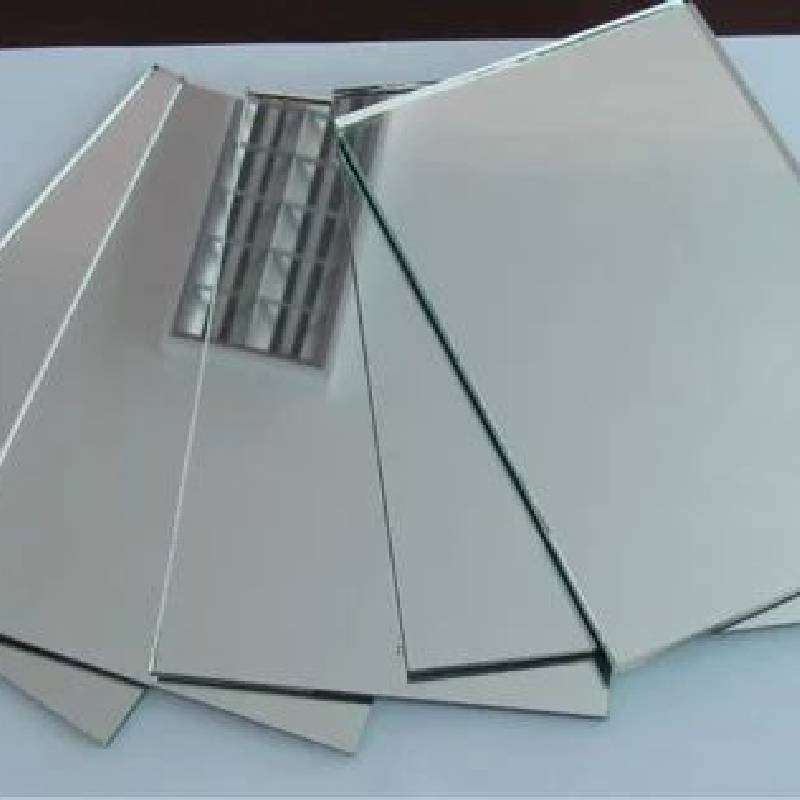

The Cost of Low-E Glass A Comprehensive Overview
Low-emissivity (Low-E) glass is a revolutionary material in the world of construction and energy efficiency. It is designed to reflect infrared energy while allowing visible light to pass through, making it an excellent choice for windows and facades. Though initially more expensive than traditional glass, understanding the long-term benefits can help homeowners and builders justify the investment. This article aims to break down the costs associated with Low-E glass and its impact on energy savings and overall value.
Understanding Low-E Glass
Low-E glass is coated with a thin layer of metal oxide, which plays a crucial role in its performance. This coating significantly reduces the amount of heat that escapes from a building during winter and minimizes heat gain during the summer months. By managing indoor temperatures effectively, Low-E glass reduces the need for excessive heating and cooling, leading to lower energy bills.
Initial Costs vs. Long-term Savings
When comparing Low-E glass to standard glass options, the initial costs can indeed be higher. The price of Low-E glass typically ranges from 10% to 30% more than traditional glass, depending on the specific product and manufacturer. For high-rise buildings or large residential projects, this can translate to a notable increase in total construction costs.
However, these initial expenses should be weighed against the potential long-term savings. Homeowners who invest in Low-E glass can expect to reduce energy bills by anywhere from 10% to 40%, depending on the climate and the efficiency of their heating and cooling systems. Moreover, many energy-efficient building materials, including Low-E glass, may qualify for tax incentives, rebates, or energy efficiency programs that can offset installation costs.
Payback Period

The payback period for Low-E glass installations—meaning the time it takes for the energy savings to equal the extra cost—varies based on several factors, including local energy rates, the size of the installation, and the specific type of Low-E coating used. On average, homeowners might see a payback period of anywhere from 5 to 15 years. This time frame is often acceptable for homeowners who plan to stay in their properties long-term.
Impact on Property Value
In addition to energy savings, incorporating Low-E glass can positively influence property value. Energy-efficient homes tend to attract more buyers, especially as sustainability becomes a higher priority in real estate. Studies have shown that homes equipped with energy-efficient features, including Low-E glass, can sell for more—often up to 10% more—than comparable homes without such upgrades. This increased marketability can make Low-E glass a smart investment from a financial standpoint.
Environmental Benefits
Another aspect of the cost of Low-E glass is its environmental impact. By improving energy efficiency, Low-E glass helps reduce greenhouse gas emissions associated with heating and cooling. This benefit contributes to a reduced carbon footprint, making it an appealing choice for those who prioritize sustainable building practices.
Conclusion
In conclusion, while the initial costs of Low-E glass can be higher than traditional glass, the long-term savings, enhancement of property value, and positive environmental impact make it a worthwhile investment. Homeowners, builders, and architects should consider Low-E glass not just as an added expense, but as an important feature that enhances the overall efficiency and sustainability of a building. As the focus on energy efficiency continues to grow, Low-E glass represents a forward-thinking choice in modern construction. As the market continues to evolve, we can expect to see greater advancements in Low-E technology and potentially lower costs, making it even more accessible for consumers.